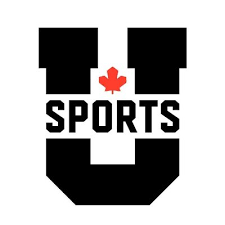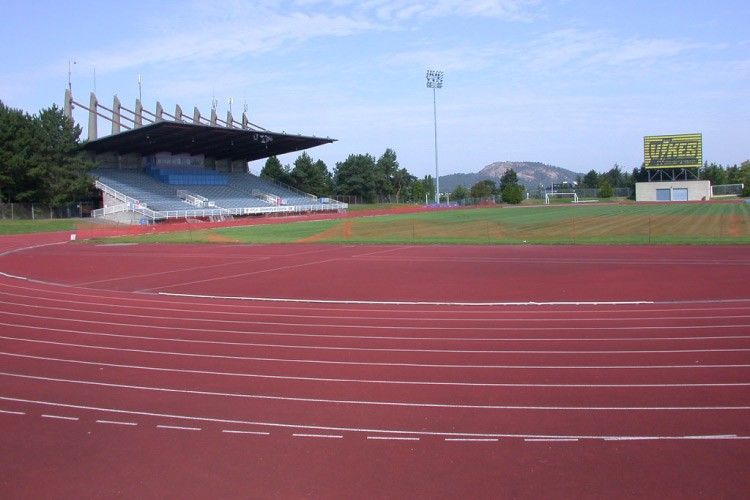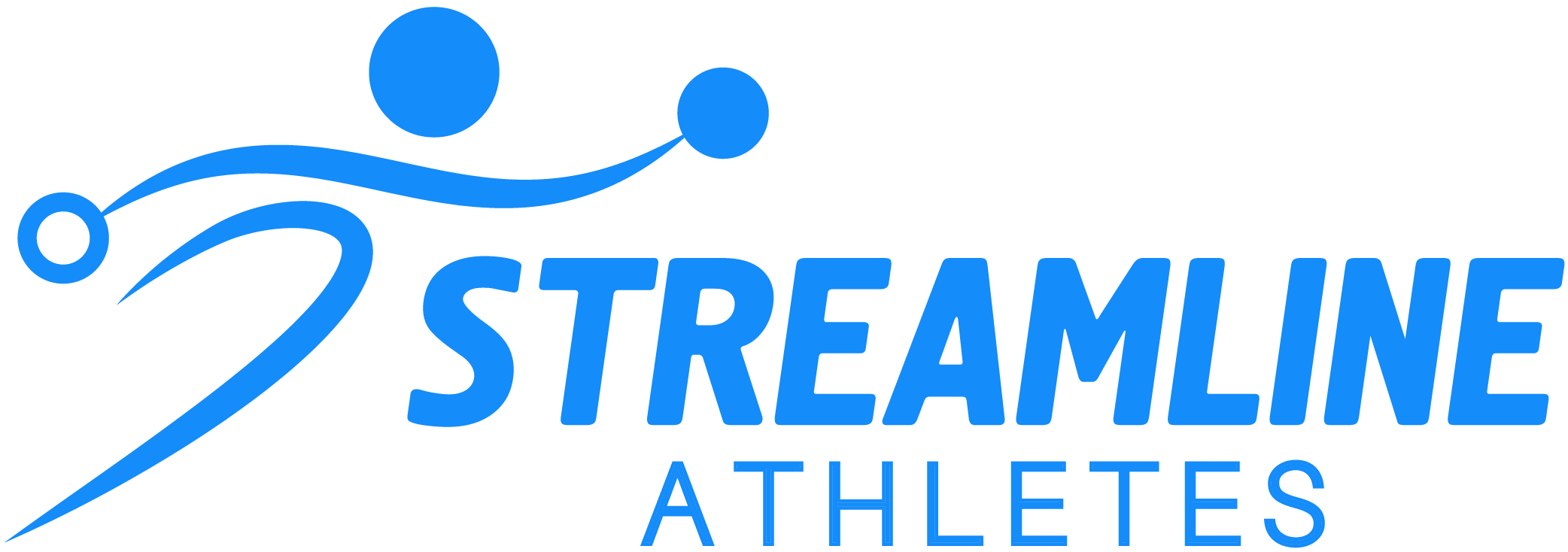Canadian university track and field recruitment: The basics
Let’s get familiar with what recruiting is and what it should mean to you.
For too many high school student-athletes, the concept of “recruitment” is obscure and whether or not you’re being “recruited” can actually be a little confusing to grasp. It’s a grey area when it should be black and white. Now, we aren’t trying to scare you by writing this, but rather share that while university recruitment in our sport may seem intimidating at first, it can actually be a super manageable and fun experience. The key is to approach it from the right angle with a positive attitude and a strong base of knowledge.
Here’s U SPORTS’ definition of “recruiting” straight from their Recruiting Regulations (revised in August 2018):
The solicitation of a prospective student-athlete, or a prospective student-athlete’s parents, legal guardian, relatives or coach(s), by an institution’s representative for the purpose of securing the student-athlete’s enrolment and ultimate participation in the institution’s U SPORTS athletic program.
In other words, as a prospective track and field/cross-country student-athlete (we’ll shorten this to PSA from here on out), you’re officially engaged in “recruitment” when a representative of a university program contacts you, your parent(s) or guardian, or your high school or club coach, with the intention of enrolling you in their university and adding you to their U SPORTS team.

Your contact at the university
In the Canadian collegiate track and field/XC landscape, this program “representative” reaching out to you will typically be a member of the coaching staff. Depending on how the program handles its recruitment, he/she may be the team’s head coach or perhaps an assistant coach in charge of recruiting for your specific event group. In other cases, recruiting contact may come from a current athlete on the team, an alumni member of the team, or another form of “recruiter” assigned to bringing new athletes into the program. So, if you, your family, or your high school/club coach hear from any of the above about joining an athletics team at a particular university, it’s safe to say you’re being recruited.

And while it’s common for recruiters to initiate contact with PSAs, it’s still considered recruitment when the student-athlete sparks a conversation that takes on the purpose of securing the student-athlete’s enrolment.
Quick tip:
Even though your first contact may come from the head coach, your event-specific coach, or an athlete from the team, all of these people should be involved in your recruitment before you’ve committed to the university. During your recruitment journey, make sure you talk to all relevant coaches as well as current and former athletes!
How you can be contacted
In understanding who might be contacting you with regards to recruiting, it’s also important to understand how they get in touch with you, especially considering the dynamism of the landscape — much has changed and continues to evolve with the entrance of online solutions and social media. In speaking with members of coaching staffs at track and field/cross-country programs across the country, we learned that in addition to traditional recruiting communication tactics (letters, phone calls, and more recently, email), they’re using whatever tools they can get their hands on to contact PSAs. We chatted with coaches who mentioned using text messaging, Facebook, Instagram, Twitter, and even Snapchat to aid their recruiting efforts; in their eyes, it’s about talking to PSAs where they can best be reached. In addition, to the digital tools you're probably familiar with, coaches have started to use digital platforms to aid collegiate sports recruiting
Streamline Athletes is the first track and field/XC focused recruiting option that offers services for Canadian PSAs and Canadian universities.

When does recruiting happen?
The next piece in the puzzle is when.
The recruiting timeline is different for all athletes, but based on the facts that more than 90% of collegiate coaches begin conversations with athletes prior to their grade 12 (or graduation) year and that signings or athlete commitments to universities tend to happen at certain times in the calendar year, we’re able to draw up the following timeline:
- Grades 9 and 10 are usually the earliest grades in which an athlete will engage in any form of recruiting conversation with a university coach. These conversations are rare — they tend to only happen with top-level student-athletes and those who are parts of training groups/clubs that affiliate or work closely with university programs. When these preliminary conversations do happen, they’re exactly that — preliminary. Interactions between collegiate coaches and grade 9/10 PSAs are almost always informational, pressure-free, and are not an active recruiting device.
- Grade 11 conversations are more common. As mentioned, over 90% of coaches begin conversations before grade 12; most of these happen with grade 11 PSAs. At this point in time, PSAs are more serious about running, jumping, and/or throwing, they have a good idea of whether or not athletics is something they want to pursue while studying at the post-secondary level, and they have relevant academic marks to inform which universities might be options the following year. In grade 11, PSAs are engaging in conversations that are primarily informational. High school (and Cégep) student-athletes aren’t eligible to sign with a U SPORTS program until the beginning of their final year before graduation (a U SPORTS Letter of Intent (LOI) cannot be signed until 12 months immediately preceding the beginning of the PSA’s intended attendance at the university.
- Grade 12 (and 13)/Cégep recruiting conversations mean business. At this point in time, coaches are looking to commit PSAs to their program and have them sign an LOI. Athletes are seeking much more in-depth information about programs, narrowing their list of options, and looking to commit to a university for the following academic year.
Start your search today with Streamline Athletes.
Processing your application
There was an error sending the email, please try again

